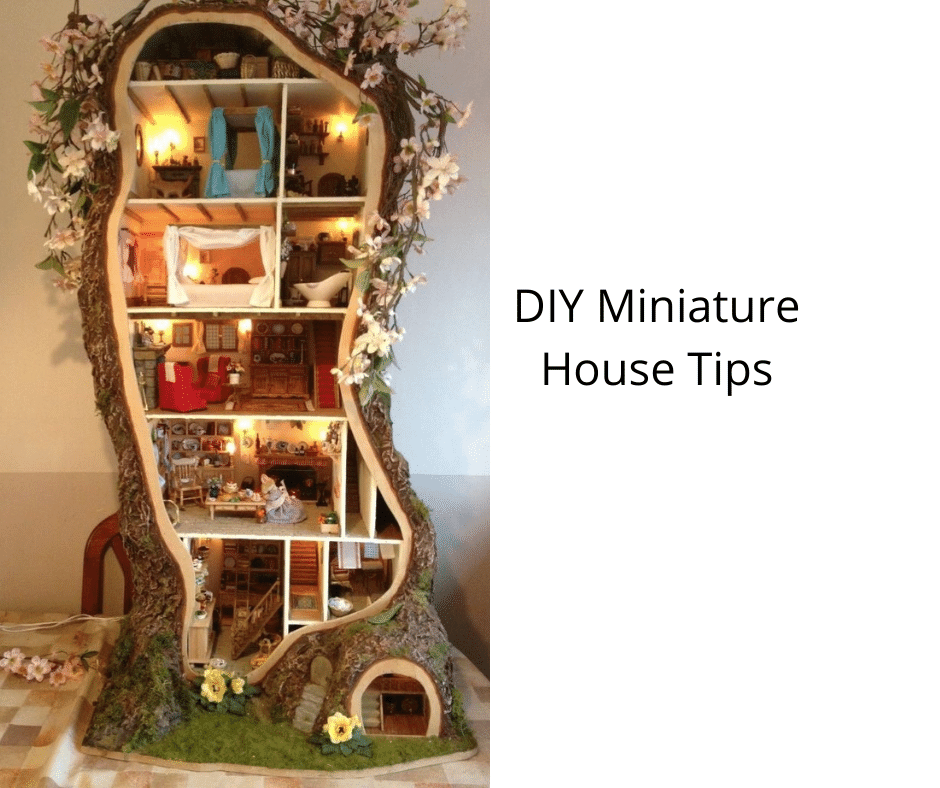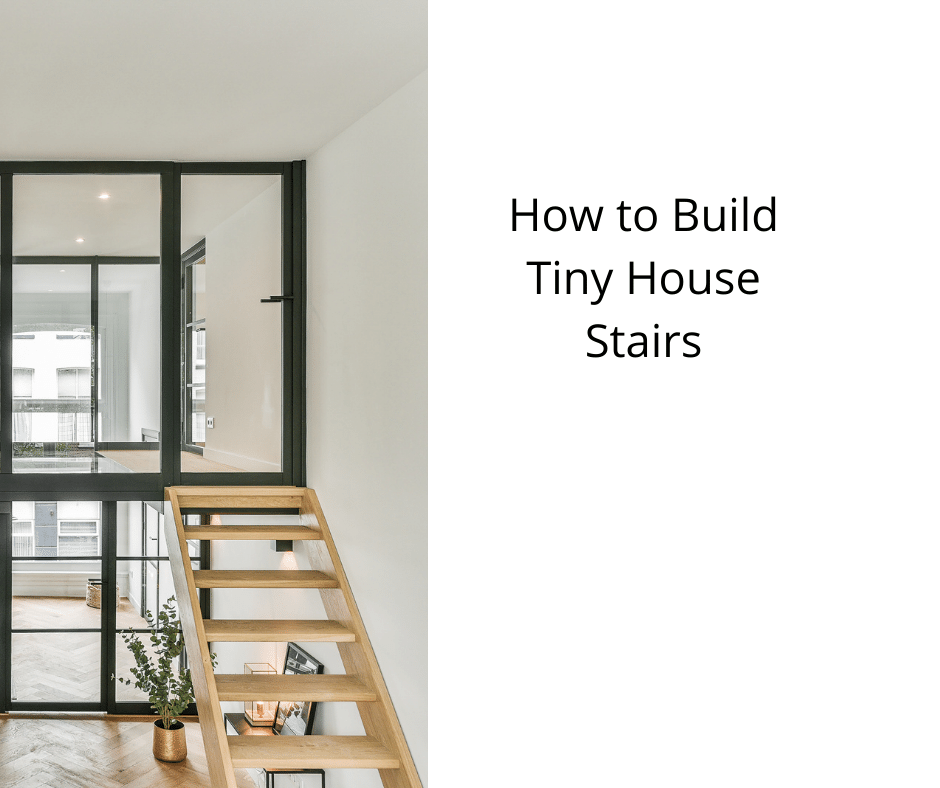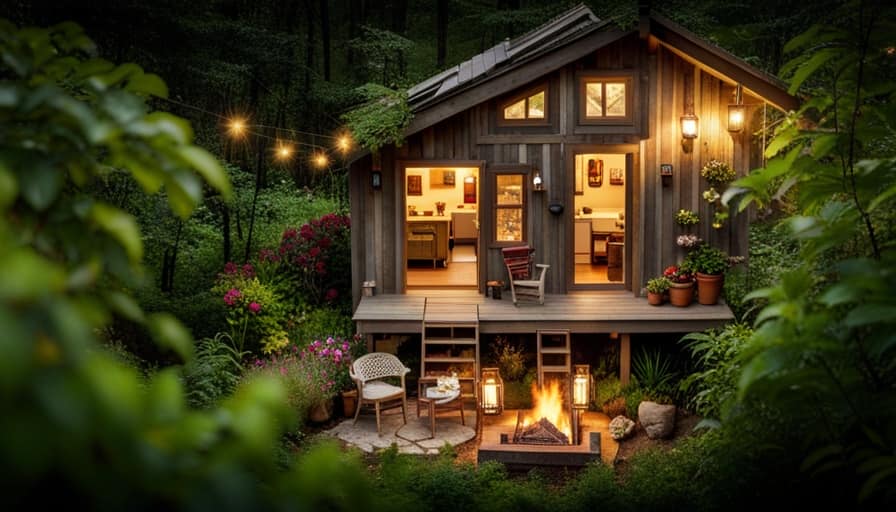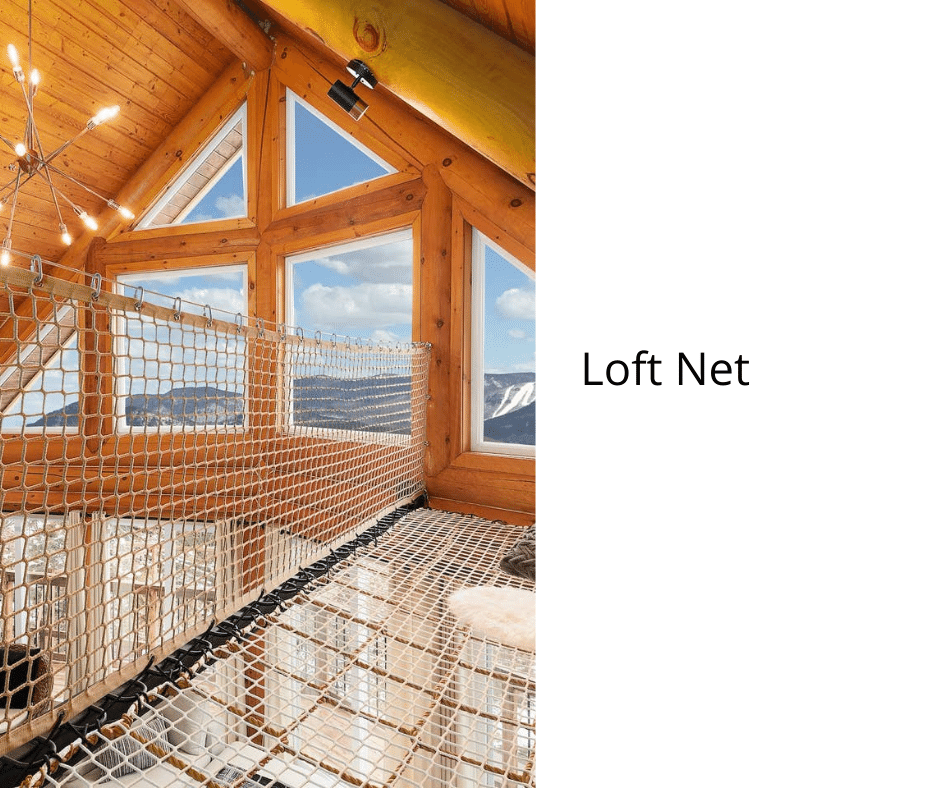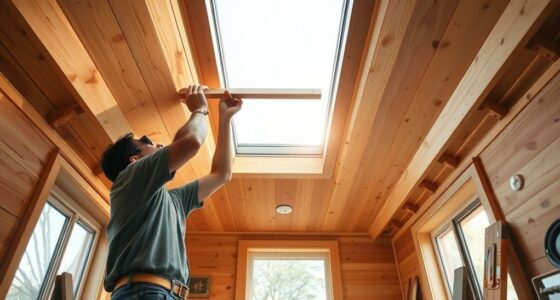Building a tiny house necessitates precision to prevent mistakes. It is essential to strive for a design that is simple, with a flat profile, a single roof slope, and no more than two rooms. Utilizing shadow boxes or room boxes enables the creation of various scenes. A valuable tip is to keep your house design simple and easy to move around. Using a box for the roof and a room box for the sides can help achieve this.
Building a Miniature House
You can purchase a kit if you are interested in constructing a miniature house. These kits consist of wood tongue and groove construction components that you can assemble with glue and simple craft tools. These kits also include prefinished window and door units. To begin constructing your miniature house, measure the length and width of your roof, then cut the pieces accordingly. Then, you can cover them with wallpaper or tack paper. Once the siding is complete, you can add interior and exterior decorations to the house.
Building a house is not easy, as you probably know. Nevertheless, you can always build a miniature house for your garden for a fraction of the cost. For the roof, you can use river stones, which are free and easily available. The other materials, such as wood, do not cost a fortune. You can even build a whole house for less than $100, including materials for the walls, roof, and interior decor.
After surfacing and decorating, you can start adding interior furnishings and artifacts. Once you have completed the interior, you can apply house wrap to the exterior. You should also plan the roof sheathing and framing so that you do not exceed 13.5 feet in height. Finally, you should consider the exterior finishing materials and the installation of doors and windows. Make sure to purchase locks for the doors and windows. If you are making a tiny house for a child, you should ensure that the door is secure.
Besides plywood, you can also use foam core. This material is lightweight and easy to work with without woodworking tools. You can add interior walls and doors using foam core instead of wood. You can also add architectural features or prebuilt windows and doors. Depending on your needs, you can change the whole look of the miniature house by adding or removing interior walls. Fortunately, there are many ways to customize the look of your miniature house.
The first step in the process is choosing a miniature house kit. Once you’ve chosen the model, you’ll need to buy materials and plans. If you don’t have any experience building miniatures, you can consult a specialist in the field to find plans and materials. For the most part, the kit should contain everything you need to construct your miniature house. In addition to the materials, you will need pliers and glue.
Avoiding Making Mistakes
There are numerous mistakes to avoid when building a miniature house, both during the construction process and in the decorating process. Although there are no laws stipulating that a miniature house should be built according to the manufacturer’s instructions, mistakes are still possible if you’re not careful. Known as kit-bashing, these mistakes include leaving out elements, adding new ones, or re-positioning the layout of components.
Painting a Miniature House
When you’re ready to start painting your miniature house, there are a few things you need to do first. First, make sure the miniature is clean and degreased. You can clean a miniature with lukewarm water and dish soap and then pat it dry. If the model is plastic, you may also want to clean the mold lines with a craft knife or a file. In addition, be sure to follow the paint instructions carefully. Once the miniature is clean, you’ll need to apply the paint. A blow dryer can be useful for drying the paint between coats, and a sealer can be used for immaculate conditions. If your miniature contains metal or plastic pieces, you should prepare them first for painting.
Next, you’ll want to apply the wash. This step involves applying a lighter shade of the base color. This step helps to create depth and makes it easier to see fine details. This step can also bring back a bright color or light detail. While the base color will stay darker, the details will pop. The final step is highlighting. You can apply a lighter shade of the base color on top of the base one to give the model more depth.
You can also opt for a more realistic look by using a different color for each part of the house. For example, you can use a dark blue color for the roof. Then, paint the spindles using a tiny brush. If you’re painting metal, you can use this method as well. A piece of carpet tape can help you apply the paint on a metal miniature. This way, you can achieve a high gloss finish for your miniature house.
After the base color has been applied, you can start working on the details. The highlights will be applied using a fine brush. You should leave the shadow areas free to give them a darker color. For the walls, you can apply a lighter shade in these areas. A little white mixed with green color will highlight the shadows. And you’ll also want to add some highlights with a small brush. These techniques are the most important when painting a miniature house.
Furnishing a Miniature House
You’ll need furniture, decorations, and more to create a realistic-looking miniature house. Many miniature-house collectors collect individual pieces of furniture. Some choose to create living rooms, dining rooms, bedroom settings, and other areas. They will display these settings on shelves or special display stands. Many of these miniature homes are quite realistic, with everything you’d find in a real household, including plush sofas, accent chairs, chandeliers, and kitchen sinks and bathtubs. You can also find bowls of fruit and other items.
The most important factor when choosing furnishings for your miniature house is to think about the lifestyle and social class of the people who will be living there. For example, building a country farmhouse, you’ll want to choose pieces representing traditional country furniture. Conversely, if you’re building a modern house, you can select furniture inspired by the lifestyle of the rich. You can find Le Corbusier chairs and streamlined sofas, and you can even use expensive wall art.
Depending on your desired look, you can choose various wood for miniature furniture. Basswood is a popular choice, but you can also use other types of wood to create the look you’re going for. Basswood is also readily available in North America, and you can also find European equivalents in Obeche, Jelutong, lime, and linden. Some pieces of furniture are made from hardwood veneer strips. These pieces can be painted or finished with regular acrylic paints or wood furniture finishes. You can also remake ordinary purchased miniature furniture.
I’m Theodore, and I love tiny houses. In fact, I’m the author of Tiny House 43, a book about tiny houses that are also tree houses. I think they’re magical places where imaginations can run wild and adventures are just waiting to happen.
While tree houses are often associated with childhood, they can be the perfect adult retreat. They offer a cozy space to relax and unwind, surrounded by nature. And since they’re typically built on stilts or raised platforms, they offer stunning views that traditional homes simply can’t match.
If you’re looking for a unique and romantic getaway, a tree house tiny house might just be the perfect option.
